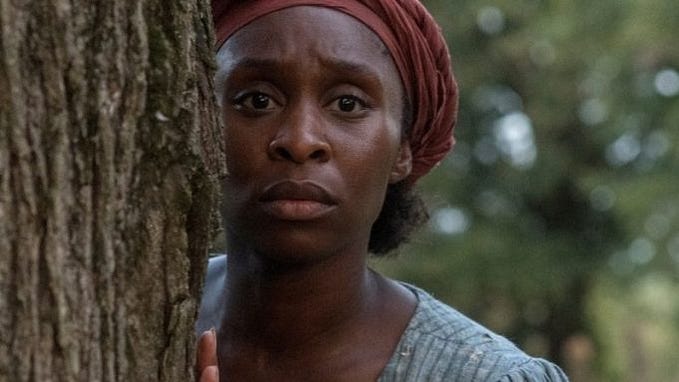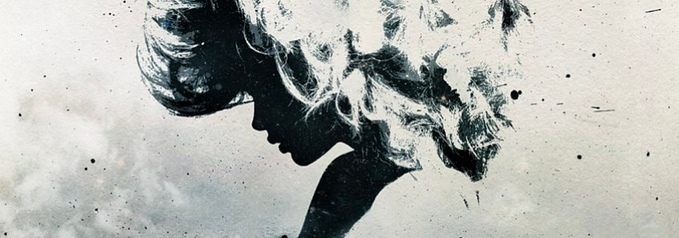The History of Valentine’s Day

Valentine’s Day is one of the most beloved and widely celebrated holidays around the world. It’s a special day of the year dedicated to celebrating love, romance, and relationships of all kinds. On Valentine’s Day, couples exchange cards and gifts to express their love and appreciation for each other. Singles also celebrate Valentine’s Day by spending time with friends and family and appreciating the special people in their lives.
The exact origin of Valentine’s Day is a bit of a mystery. Some believe it has its roots in an ancient Roman pagan fertility festival called Lupercalia, while others argue that it is related to a Christian feast day honoring an early Christian martyr. Whatever its origin, Valentine’s Day has become a beloved holiday for people of all ages, cultures, and religions.
Many people believe that Valentine’s Day is named after Saint Valentine, a Catholic saint who lived in the 3rd century. According to legend, Saint Valentine was a priest who defied the orders of the Roman Emperor Claudius II and secretly married couples who were forbidden to wed. For his disobedience, Saint Valentine was executed and declared a martyr.
In 496 AD, Pope Gelasius I declared February 14th as Saint Valentine’s Day. This day became associated with romance and love, and soon became an important day for lovers to express their feelings for each other.
In the Middle Ages, Valentine’s Day was celebrated with elaborate feasts and parties. People would exchange handmade cards and special gifts, such as flowers and jewelry. In some countries, such as England and France, young people would go door-to-door singing songs and reciting poetry in exchange for food and gifts.
In the 18th century, Valentine’s Day became more commercialized. The tradition of sending cards and gifts became more widespread, and cards began to be mass produced. This was also the era of the first Valentine’s Day cards, which were often decorated with lace, ribbons, and other ornate decorations.
In the 19th century, Valentine’s Day became even more commercialized and cards began to be mass produced. This was also the era of the first Valentine’s Day cards, which were often decorated with lace, ribbons, and other ornate decorations.
In the 20th century, Valentine’s Day became an even bigger holiday, with more cards and gifts being exchanged. The introduction of mass-produced chocolates and sweets meant that people could afford to buy more lavish gifts for their loved ones. Valentine’s Day cards also became more creative, with some cards being made from different materials and decorated with glitter, sequins, and other embellishments.
Today, Valentine’s Day is celebrated differently than it was in the past. Instead of exchanging handmade cards and gifts, many people choose to buy ready-made cards, chocolates, and other gifts from stores. People also use the internet and social media to send messages and gifts to their loved ones. In addition, Valentine’s Day has become a popular day for couples to get engaged or married. Many couples choose to plan special events on Valentine’s Day, such as romantic dinners, trips, and getaways.









